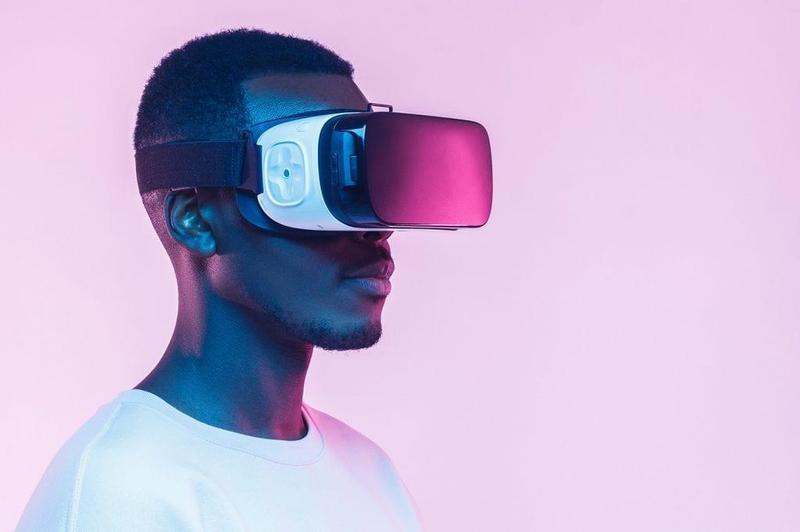The Virtual Revolution in Rehabilitation: Unlocking the Potential of Virtual Reality in Physical Therapy
The Virtual Revolution in Rehabilitation: Unlocking the Potential of Virtual Reality in Physical Therapy
Physical rehabilitation plays a crucial role in helping individuals regain function, mobility, and independence after injury or illness. Traditional methods of rehabilitation have proven effective, but recent advancements in technology have opened up new possibilities for enhancing the rehabilitation experience. One such technology that holds immense promise is virtual reality (VR). In this article, we will explore the field of virtual rehabilitation, its benefits, and how it is transforming the landscape of physical therapy. Join us as we embark on a journey into the virtual revolution in rehabilitation.
Understanding Virtual Rehabilitation:
Virtual rehabilitation refers to the use of virtual reality technology and simulations to facilitate and enhance the rehabilitation process. It involves creating immersive virtual environments that simulate real-world scenarios and challenges to engage patients in therapeutic activities. Key aspects of virtual rehabilitation include:
- Virtual Reality Technology: Virtual reality uses headsets, motion sensors, and interactive devices to create a digital environment that replicates real-world experiences. It allows users to interact with and navigate through virtual spaces using gestures or controllers.
- Therapeutic Activities: Virtual rehabilitation integrates therapeutic activities, exercises, and games into the virtual environment. These activities are designed to target specific motor skills, balance, coordination, cognitive functions, and overall physical well-being.
- Personalized Approach: Virtual rehabilitation offers the advantage of tailoring interventions to individual needs. The virtual environment can be adjusted to accommodate various difficulty levels, track progress, and provide real-time feedback to guide patients through their rehabilitation journey.
Benefits of Virtual Rehabilitation:
The integration of virtual reality into physical therapy brings a host of benefits for both patients and therapists. Some notable advantages include:
- Increased Engagement and Motivation: Virtual reality provides an immersive and interactive experience, making therapy sessions more engaging and enjoyable for patients. The gamified nature of virtual rehabilitation can boost motivation and adherence to treatment plans.
- Realistic Simulations: Virtual environments can simulate real-life scenarios, enabling patients to practice functional movements and activities in a controlled and safe setting. This allows for repetitive practice and skill development while reducing potential risks.
- Enhanced Motor Learning: Virtual rehabilitation offers unique opportunities for motor learning and neuroplasticity. Patients can receive immediate visual and auditory feedback, facilitating the acquisition of new skills and the retraining of neural pathways.
- Data Collection and Analysis: Virtual rehabilitation systems can collect extensive data on patient performance, progress, and movement patterns. Therapists can use this data to assess patient outcomes, tailor treatment plans, and monitor progress over time.
- Accessibility and Convenience: Virtual rehabilitation has the potential to overcome geographical barriers and provide access to therapy for individuals who have limited mobility or live in remote areas. It also offers the flexibility of conducting therapy sessions in the comfort of one's home.
Applications of Virtual Rehabilitation:
Virtual rehabilitation has found applications in various areas of physical therapy. Some notable examples include:
- Musculoskeletal Rehabilitation: Virtual reality can be used to improve balance, coordination, and strength in individuals recovering from musculoskeletal injuries or undergoing post-surgical rehabilitation.
- Neurological Rehabilitation: Virtual reality interventions are utilized in stroke rehabilitation, traumatic brain injury, spinal cord injury, and conditions such as Parkinson's disease to enhance motor skills, gait training, and cognitive functions.
- Pain Management: Virtual reality distractions and relaxation techniques have shown promise in reducing pain perception and anxiety during painful procedures or chronic pain conditions.
- Pediatric Rehabilitation: Virtual rehabilitation provides an engaging and enjoyable platform for pediatric patients, promoting their active participation in therapy while targeting developmental goals.
The emergence of virtual rehabilitation has revolutionized the field of physical therapy, offering new possibilities for improving outcomes and enhancing patient experiences. Through the integration of virtual reality technology, therapists can create immersive and personalized environments that stimulate motor learning, foster engagement, and promote functional recovery. As the field continues to advance, virtual rehabilitation holds tremendous potential for transforming the way we approach rehabilitation, making therapy more accessible, enjoyable, and effective for individuals on their journey towards recovery and improved quality of life.
Be the first to post a message!
